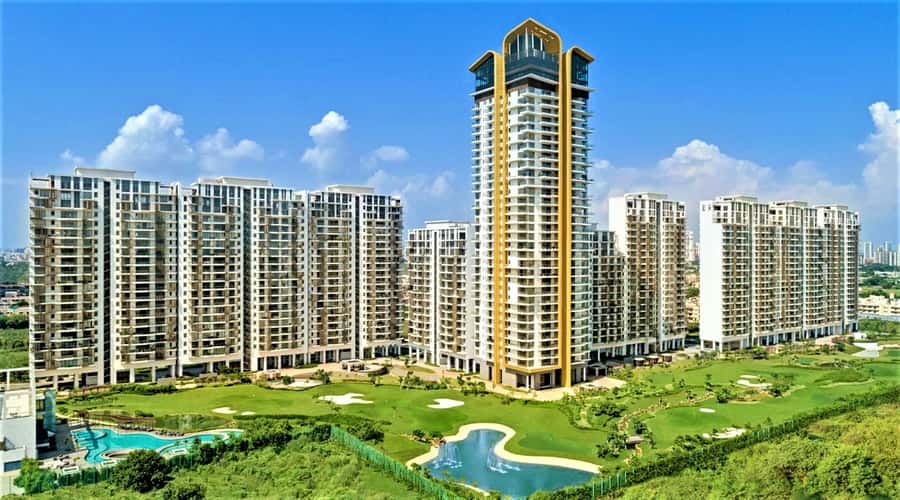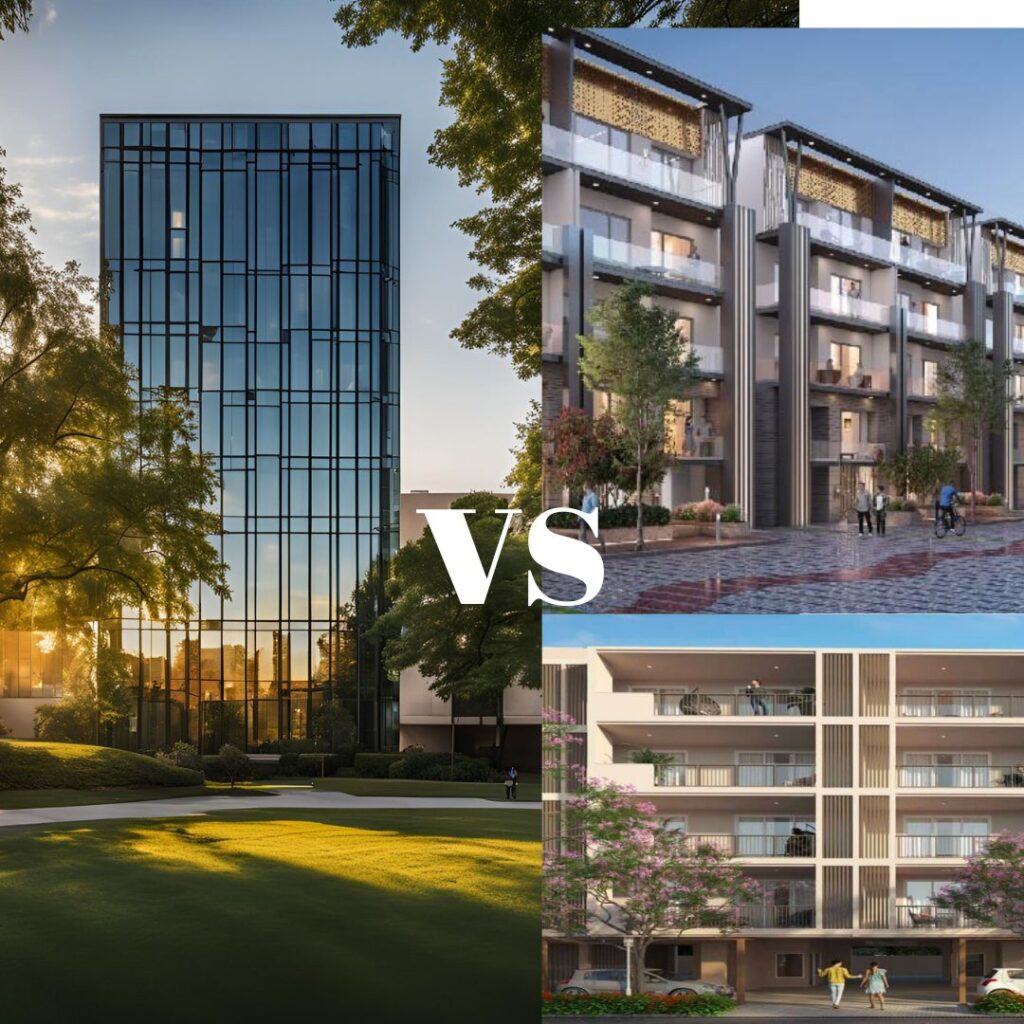 Do Society Owners Have to Pay for Reconstruction After 50 Years? A Comprehensive Guide
Do Society Owners Have to Pay for Reconstruction After 50 Years? A Comprehensive Guide
Real estate properties, whether part of a housing society or an apartment complex, have a lifespan. Over time, buildings deteriorate due to weather conditions, aging infrastructure, and wear and tear. In India, it is common for buildings to require rebuilding or redevelopment after 50 years.
But the big question for property owners is:

In this article, we’ll explore the legal, financial, and practical aspects of society rebuilding after 50 years, covering factors like ownership structures, redevelopment models, costs, and government regulations.
 1. Ownership Structures Explained
1. Ownership Structures Explained
The responsibility for reconstruction largely depends on the ownership structure of the property. Let’s break it down:
 A. Cooperative Housing Societies (CHS)
A. Cooperative Housing Societies (CHS)
In Cooperative Housing Societies, the land and building structure are collectively owned by the society, while individual residents own their respective flats.
After 50 years, if the building becomes structurally weak or unsafe, the entire society is responsible for reconstruction or redevelopment.

-
Reconstruction from members’ funds: All members contribute to the cost. (You can check out the procedure followed in Mumbai for self reconstruction here.)
-
Redevelopment through a builder: The builder bears the reconstruction cost in exchange for rights to sell additional units.
-
Using a sinking fund: If the society has maintained a sinking fund, it can be used to cover rebuilding costs.

In CHS, society members collectively bear the reconstruction responsibility unless they opt for a builder-led redevelopment.
 B. Apartment Complexes or Condominiums
B. Apartment Complexes or Condominiums
In apartment complexes or condominiums, the Resident Welfare Association (RWA) or Apartment Owners Association (AOA) manages the common areas and building maintenance.
If the building requires reconstruction, the RWA/AOA makes the decision based on the owners’ consensus.

-
Shared cost: Residents pay their share of the rebuilding costs.
-
Builder-led redevelopment: The builder covers the costs in exchange for selling additional units.
-
Reserve fund usage: If the RWA/AOA has maintained a reserve fund, it can offset some of the costs.

In apartment complexes, owners share the reconstruction cost unless they opt for a builder-led redevelopment or use a reserve fund.
 2. The Financial Implications of Reconstruction
2. The Financial Implications of Reconstruction
Rebuilding a society or apartment complex after 50 years involves significant financial implications. Here’s how the costs are typically handled:
 A. Sinking Fund Contributions
A. Sinking Fund Contributions
Many societies maintain a sinking fund—a reserve fund built through regular contributions from members.
-
This fund is specifically meant for major repairs or rebuilding.
-
In case of reconstruction, the sinking fund can significantly reduce the financial burden on individual members.
-
However, older societies may not have accumulated sufficient funds, requiring members to contribute additional payments.

Check the society’s sinking fund balance before reconstruction discussions.
 B. Builder-Led Redevelopment
B. Builder-Led Redevelopment
To avoid direct reconstruction costs, many societies opt for builder-led redevelopment.
-
In this model, the builder takes over the project and covers all reconstruction expenses.
-
In exchange, the builder gets additional Floor Space Index (FSI) or extra floors to build and sell.
-
Existing owners are usually given new apartments with upgraded amenities at no extra cost.

Builder-led redevelopment is often the most financially feasible option, as it transfers the cost burden to the builder.
 C. Direct Payment by Owners
C. Direct Payment by Owners
If there is no sinking fund or builder agreement, society members must pay for the reconstruction directly.
-
The cost is divided equally or proportionally among the owners.
-
This often leads to financial stress for owners, especially senior citizens or those with fixed incomes.

Reconstruction costs can be:
-
Funded through sinking funds
-
Covered by a builder (through redevelopment)
-
Directly paid by society members
 3. Government Regulations and Legal Aspects
3. Government Regulations and Legal Aspects
In India, state-specific regulations govern building reconstruction and redevelopment.
 A. Government-Mandated Redevelopment
A. Government-Mandated Redevelopment
In some cases, if a building is deemed unsafe or structurally weak, local authorities may mandate reconstruction.
-
Mumbai: Buildings over 30 years old are regularly inspected for safety, and residents are sometimes asked to vacate and redevelop.
-
Delhi NCR & Gurugram: The government encourages private redevelopment through builders by offering extra FSI and incentives.

Check for state-specific policies related to mandatory redevelopment.
 B. RERA and Redevelopment
B. RERA and Redevelopment
Under the Real Estate (Regulation and Development) Act (RERA):
-
Redevelopment projects are considered new projects and must be registered under RERA.
-
Society members have legal protection if a builder fails to deliver the promised units or delays the project.

Government policies can sometimes enforce reconstruction, while RERA protects homeowners in redevelopment projects.
 4. Mivan vs. Non-Mivan Construction – Does It Impact Cost?
4. Mivan vs. Non-Mivan Construction – Does It Impact Cost?
Many brokers and developers charge the same price for Mivan and Non-Mivan constructions, which is often misleading.
 Comparison Table:
Comparison Table:
| Feature | Mivan Construction | Non-Mivan (Traditional) |
|---|---|---|
| Material | Aluminum formwork | Brick-and-mortar |
| Durability | Higher strength and lifespan | Prone to wear and tear |
| Maintenance | Lower over time | Higher over time |
| Completion | Faster | Slower |

Despite the quality difference, many brokers charge the same rates for both types, leading to overpriced, poor-quality properties.

As a society owner, verify the construction quality during redevelopment.
 5. Tips for Society Owners Considering Reconstruction
5. Tips for Society Owners Considering Reconstruction
If your society is facing reconstruction after 50 years, here are some practical tips:

-
Get a structural audit to assess whether the building truly needs reconstruction.

-
Review the society’s sinking fund balance before deciding on reconstruction.

-
Consider partnering with a reputable builder for cost-free reconstruction.

-
Consult with a real estate lawyer to understand your rights and obligations.

-
Ensure transparent cost-sharing agreements if members need to pay.
 Conclusion
Conclusion
Whether or not society owners need to pay for reconstruction after 50 years depends on the society’s financial planning, legal policies, and redevelopment decisions.

-
A builder-led redevelopment transfers the cost burden to the builder while upgrading the property.
-
A sinking fund can significantly reduce financial stress.


As a society owner, it’s essential to:
-
Understand your financial obligations
-
Explore redevelopment options
-
Verify construction quality
-
Seek legal counsel for a smooth reconstruction process.
This blog aims to provide you with accurate and valuable information that many brokers and agents may not share. Our goal is to ensure you have the clarity to make an informed decision. If you need further assistance, feel free to reach out—we also offer consultation services to guide you.



